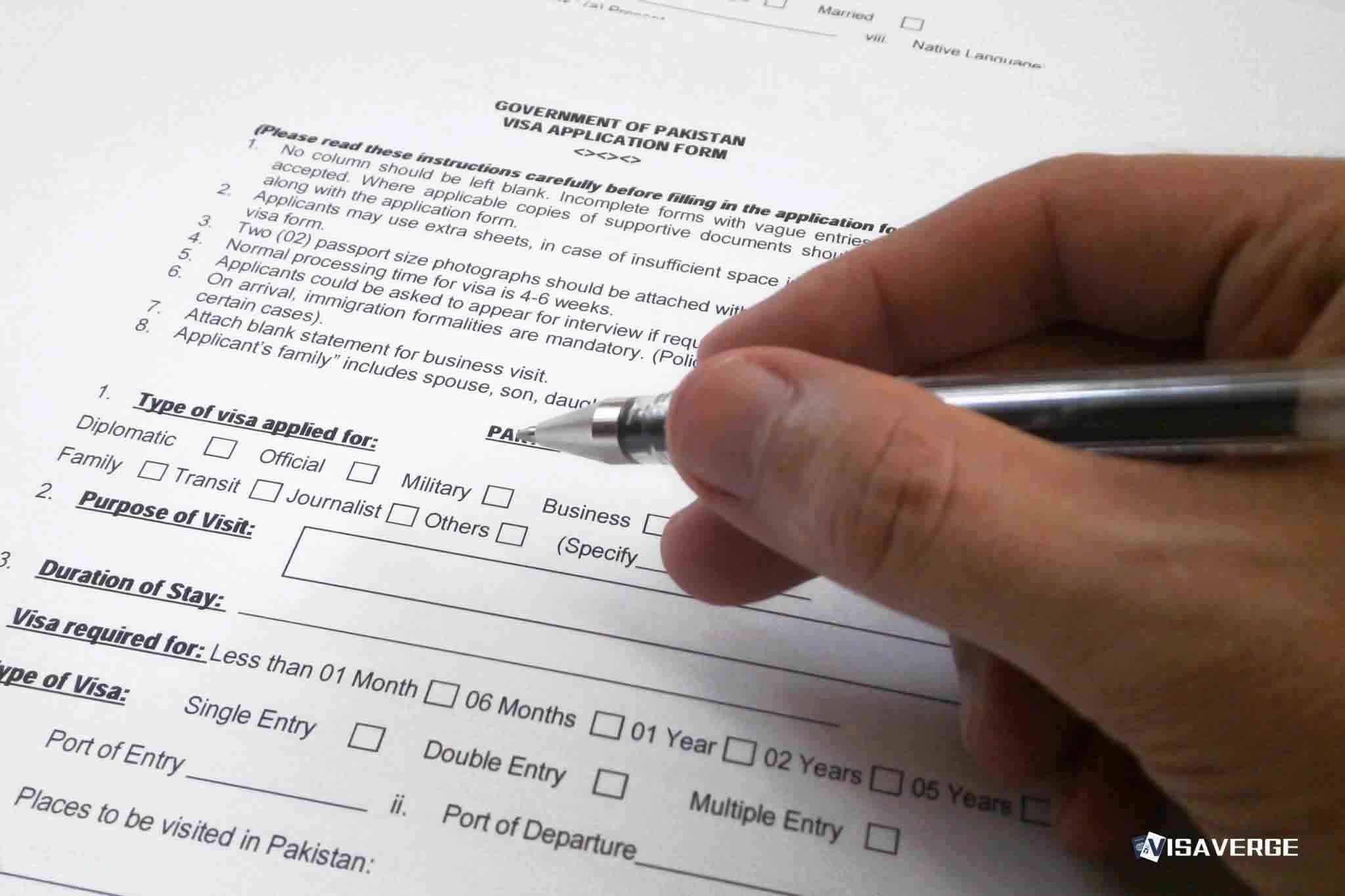Understanding the H-2A Visa Program
The H-2A visa program allows U.S. employers to bring foreign nationals to the United States to fill temporary agricultural jobs. A core condition of this visa category is the need for employers to prove that there are not enough U.S. workers who are able, willing, qualified, and available to do the temporary work.
Proving Labor Shortage for H-2A Visa Application
Employers seeking to hire workers under the H-2A program must take several steps to demonstrate that domestic workers are in short supply. Here’s what employers need to know:
1. Conducting Recruitment Efforts
Before hiring H-2A workers, employers must make significant efforts to recruit U.S. workers for their job openings. This includes:
- Advertising the Positions: The jobs must be advertised in local newspapers and other media, providing details such as work location, duties, and wages.
- Contacting Former U.S. Employees: Employers are required to contact U.S. workers who were previously employed to see if they are interested in returning to the job.
- Working with the State Workforce Agency: The employer must place a job order with the State Workforce Agency (SWA) that serves the area of intended employment.
2. Offering Fair Wages and Conditions
To prove that job terms and conditions are not deterring domestic workers, employers must offer:
- Wages: The pay rate should be at least the Adverse Effect Wage Rate (AEWR), which is determined by the Department of Labor for each state.
- Hours and Benefits: The terms of employment should be for a total period of work consistent with the typical practice in the area and occupation.
3. Providing Documentation of Recruitment Efforts
Proof of insufficient U.S. workers must be provided through detailed documentation. This includes:
- Recruitment Report: A report on the results of the recruitment efforts has to be prepared and submitted describing the lawful job-related reasons for not hiring any U.S. workers that applied.
- Evidence of Advertising: Copies of newspaper pages, printouts of online ads, and records of all recruitment efforts must be maintained to provide as evidence.
4. Compliance with the Department of Labor Regulations
The Department of Labor (DOL) sets specific rules that must be followed, such as:
- Recordkeeping: Employers must keep accurate records of all recruitment activities, including the names and addresses of all U.S. applicants, as well as the reasons for any rejections.
- Following the Timeline: Employers should recruit within the timeframe set by the DOL, typically up to 45 days before the date of need.
5. Submitting the Application
After completing the recruitment process and gathering evidence, the employer must file the ETA Form 9142A with the DOL. This form requires the employer to attest to the lack of sufficient U.S. workers and to the qualifications of the foreign workers they plan to hire.
Useful Resources for Employers
For more detailed guidance, employers can refer to:
- U.S. Citizenship and Immigration Services (USCIS): USCIS’s H-2A Program Page provides a comprehensive overview of the visa process and requirements.
- Department of Labor (DOL): DOL’s H-2A Page includes instructions, forms, and detailed information about wage rates and working conditions.
Employers are encouraged to seek legal advice or assistance from experienced immigration professionals when navigating the complexities of the H-2A visa program to ensure compliance with all regulatory requirements.
And there you have it, folks! That’s the lowdown on the H-2A program. So, if you’re an employer in need of agricultural workers, remember to jump through those recruitment hoops and offer fair conditions. Don’t forget to keep those records in order and submit that application like a pro! And hey, if you want even more insights and guidance, head over to visaverge.com. They’ve got all the info you need to become a visa virtuoso! Happy recruiting!
FAQ’s to know:
1. How can employers demonstrate a labor shortage when applying for an H-2A visa?
To demonstrate a labor shortage when applying for an H-2A visa, employers must conduct recruitment efforts to show that there are not enough qualified U.S. workers available. This includes advertising the positions, contacting former U.S. employees, and working with the State Workforce Agency (SWA) to place a job order. The recruitment process should be well-documented, including a recruitment report and evidence of advertising, to provide proof of insufficient U.S. workers.
2. What are the requirements for offering fair wages and conditions under the H-2A visa program?
Under the H-2A visa program, employers must offer fair wages and conditions to ensure domestic workers are not deterred from applying. The pay rate should meet or exceed the Adverse Effect Wage Rate (AEWR) determined by the Department of Labor. Additionally, the terms of employment, including hours and benefits, should be consistent with the typical practice in the area and occupation.
3. What are the key requirements for employers to comply with the H-2A visa program regulations?
To comply with the H-2A visa program regulations, employers must follow specific rules set by the Department of Labor (DOL). This includes keeping accurate records of recruitment activities, including applicant information and reasons for rejections. Employers should adhere to the recruitment timeline set by the DOL, typically up to 45 days before the date of need. Finally, employers must submit the ETA Form 9142A, attesting to the lack of sufficient U.S. workers and the qualifications of the foreign workers they plan to hire.
What did you learn? Answer below to know:
- True or False: Employers must advertise H-2A job openings in local newspapers and other media as part of the recruitment efforts for the visa program.
- What is the minimum pay rate employers must offer to H-2A workers to demonstrate fair wages?
- What documentation does an employer need to provide to prove recruitment efforts and the lack of sufficient U.S. workers for the H-2A visa program?














